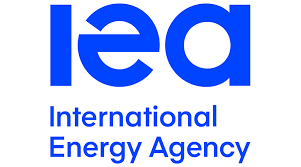The International Energy Agency (IEA) forecasts that the global clean energy technology market will reach $2 trillion by 2035, based on insights from its latest report, Energy Technology Perspectives 2024.
IEA identifies six key technologies—solar photovoltaic (PV), wind energy, electric vehicles (EVs), batteries, electrolyzers, and heat pumps—as driving forces behind this anticipated growth. Since 2015, the market for these technologies has nearly quadrupled, reaching over $700 billion by 2023. This rise has been largely propelled by the widespread adoption of EVs, solar PV, and wind energy.
Current policies are expected to further increase demand for these clean energy technologies, with the market on track to nearly triple by 2035, bringing its value close to that of the global crude oil market.
Increasing Investments in Clean Technology
Global investment in clean technology manufacturing has surged, with a 50% increase recorded in 2023, amounting to $235 billion. This represents nearly 10% of overall global investment growth. The bulk of these funds went to solar PV and battery production, with EV manufacturing facilities making up another 15%.
While recent delays have impacted some projects, IEA projects that investment in clean technology manufacturing will remain robust, potentially nearing $200 billion in 2024.
China Leads in Clean Technology Exports
IEA’s report positions China as a leader in clean technology exports, with export revenues expected to top $340 billion by 2035, a figure on par with the projected 2024 oil export earnings of Saudi Arabia and the UAE combined. However, IEA notes that other countries also stand to gain from the growth in clean energy manufacturing, contingent upon their policies and deployment rates.
Strategic Impacts on Global Energy and Trade
IEA underscores that the shift to clean technologies is reshaping trade dynamics. Unlike fossil fuels that require continuous imports, clean technologies provide long-term energy assets. For example, a single container ship of solar PV modules can support electricity production equal to that of over 50 large LNG tankers or 100 coal vessels.
Opportunities and Challenges for Policy Makers
IEA recognizes that the growth of the clean energy economy offers substantial manufacturing opportunities for countries, including in technologies, components, and materials. Governments, however, face a complex balancing act—supporting open markets and effective clean energy transitions while fostering secure, resilient supply chains for clean technologies.












